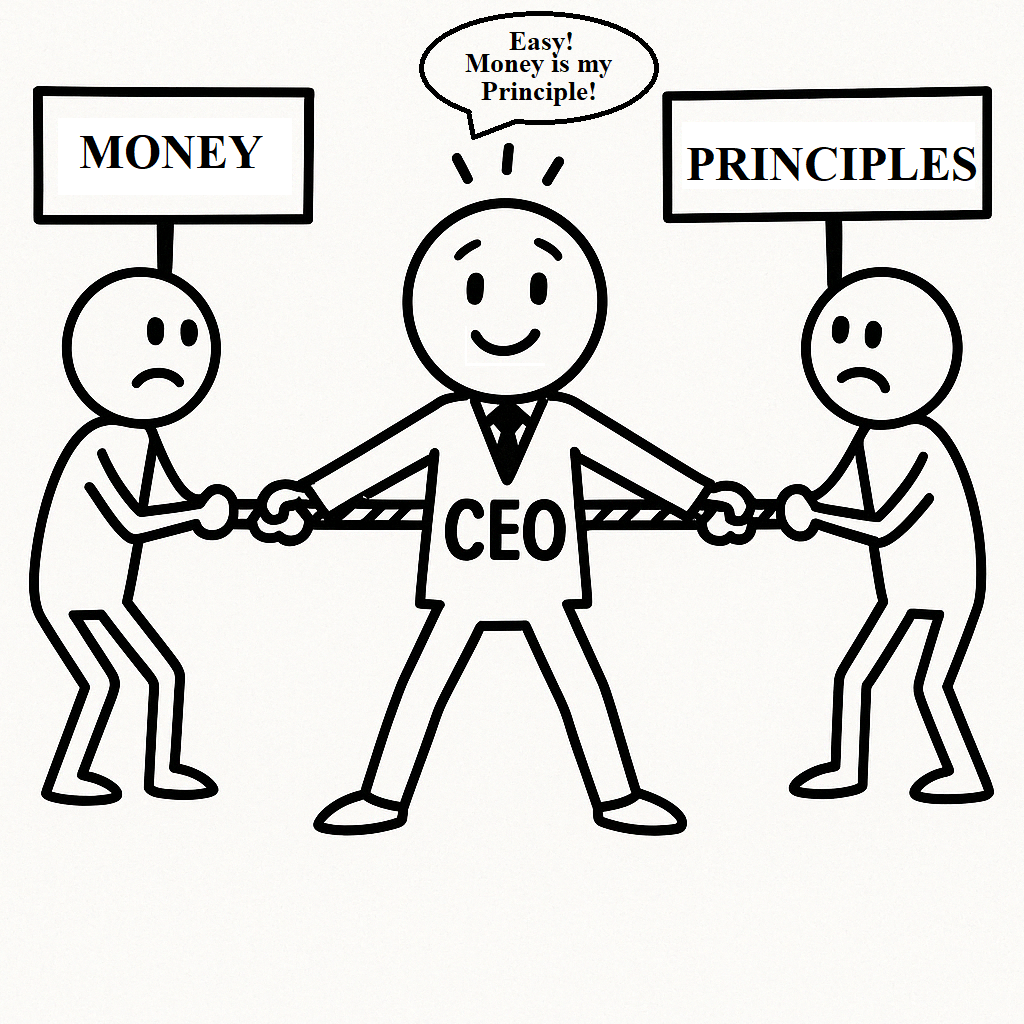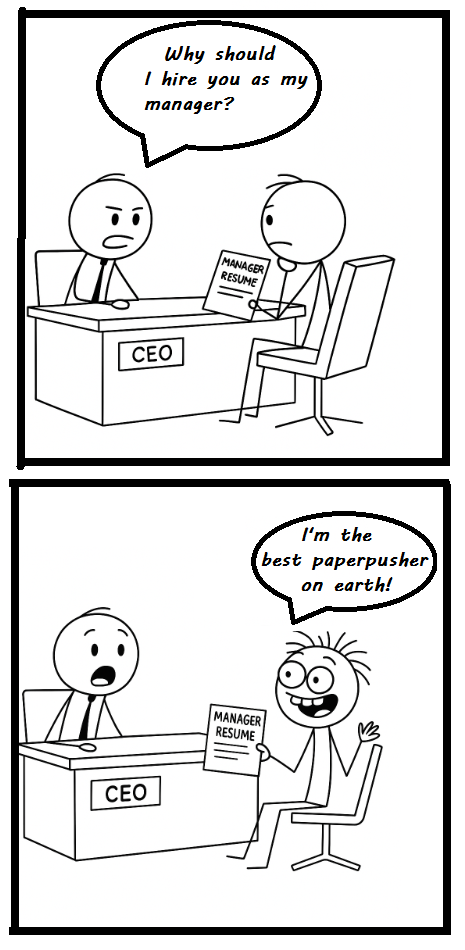Leadership in the Crosshairs
I often state in the class “Tomorrow’s CEOs Must Navigate Politics, Not Just Profits” and “the CEOs of the future are not just business leaders — they are a political actors, social voices, and resilience strategists too.” Some of you don’t like it when I say it. In recent months, corporations like Target and PepsiCo in the US have made high-profile retreats from their Diversity, Equity, and Inclusion (DEI) initiatives. Were CEOs reacting to political pressure, social media firestorms, and/or fear of backlash from a shifting political climate? I can’t answer without talking to the CEOs.
But, this is the world I prepare you for in CEO-2035:
- A world where your commitment to equity will be measured not just by employees, but by consumers with camera phones.
- A world where pulling back on promises made during pivotal social moments doesn’t fade quietly into a press release. It resurfaces, louder.
Future CEOs will not get to choose whether they participate in politics. They’ll only choose whether to lead with principle — or with panic.
The CEO of 2035 must be a narrative strategist, able to manage perception across polarized public, a coalition builder, not just internally but with communities, civil rights group, and policy makers, and a moral decision-maker, balancing profitability with credibility and long-term trust.
Because in the AI-driven, hyper-connected, politically-charged future we’re entering, a spreadsheet won’t save you.
But clarity, courage, and consistency might. Of course, I can hear some of you saying “you are wrong!”












